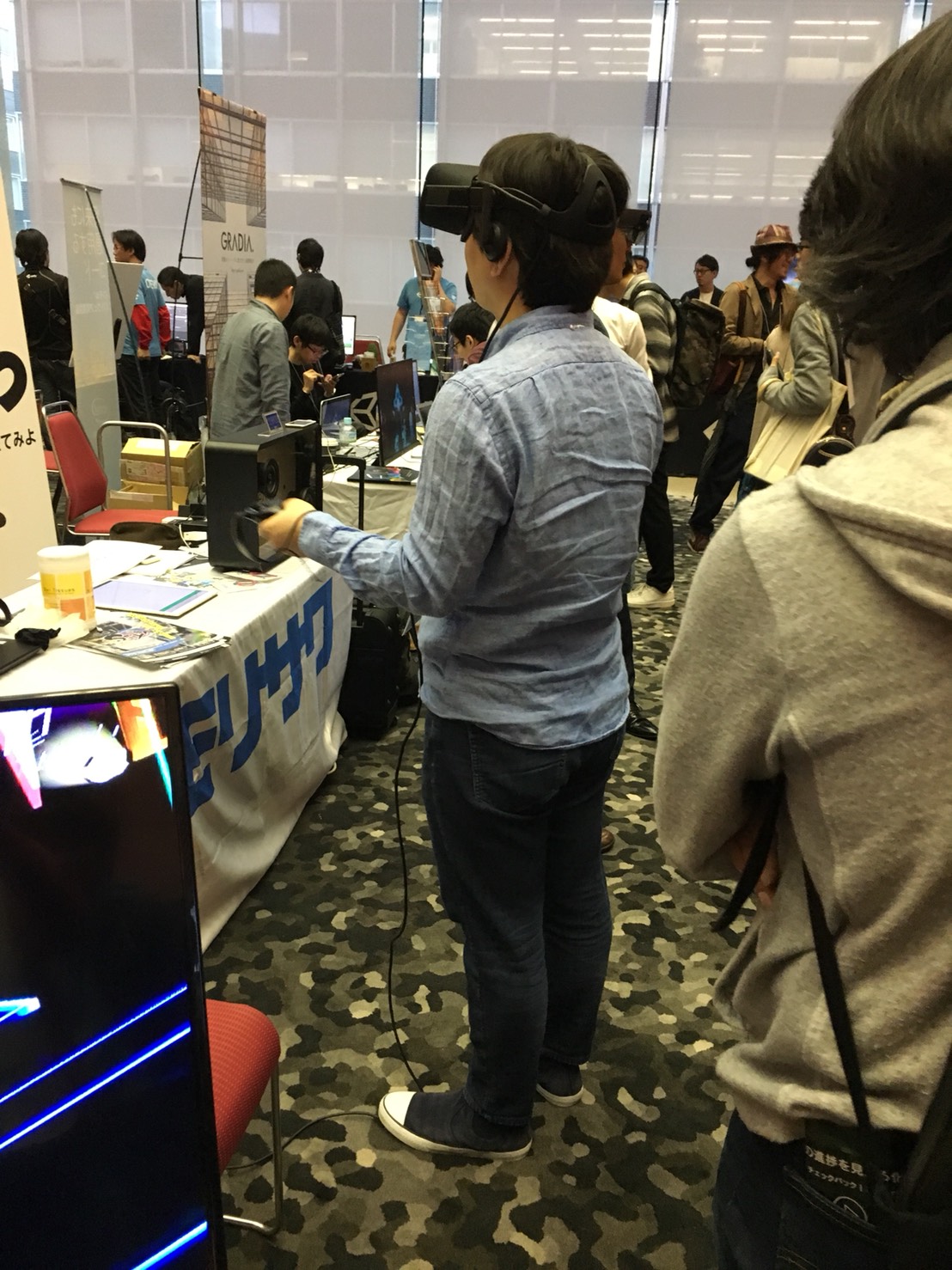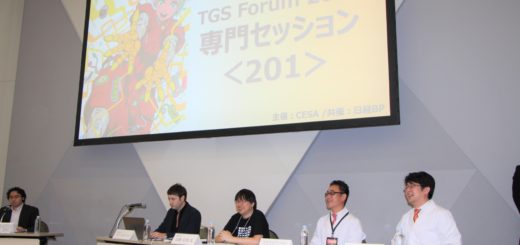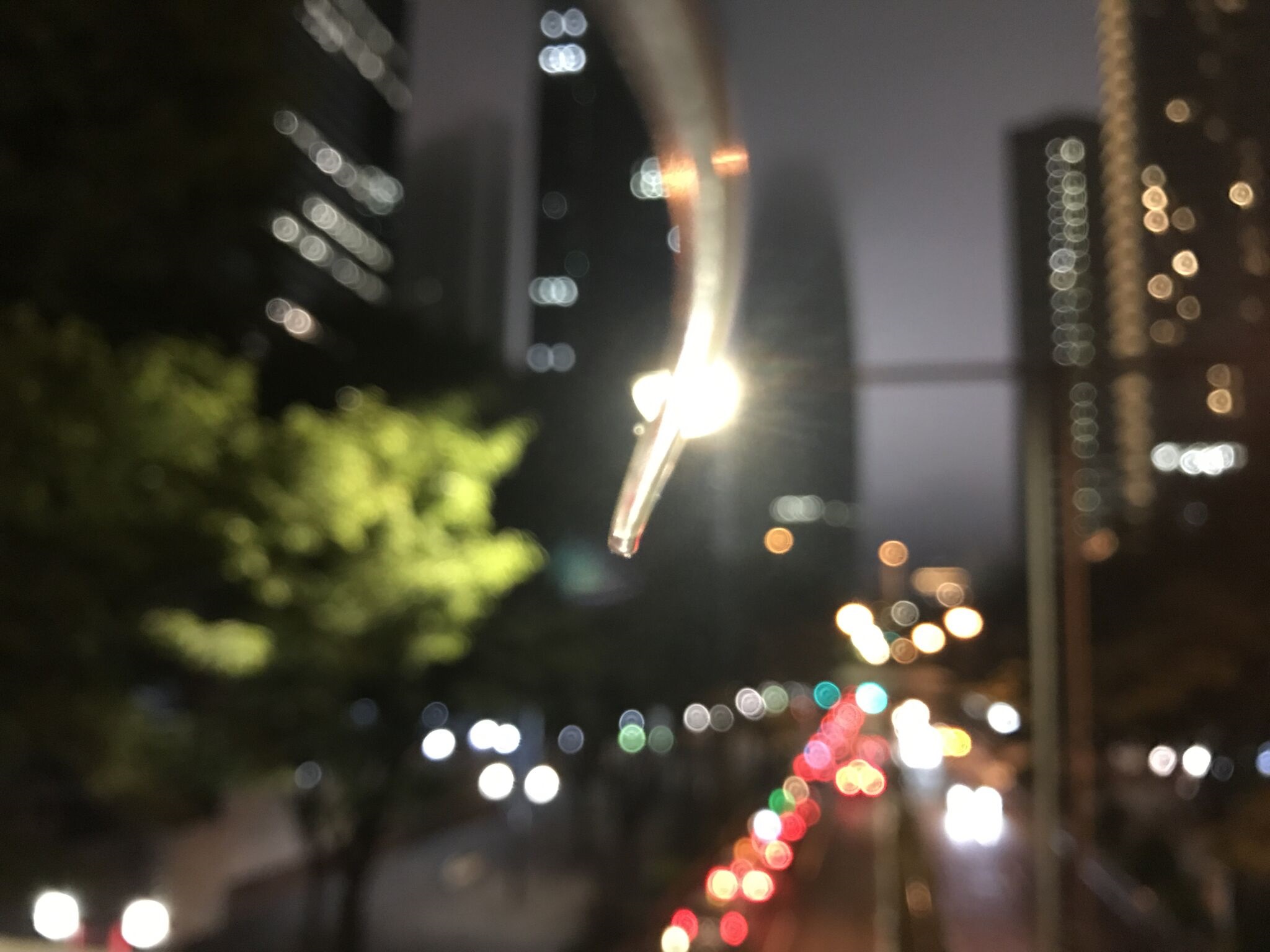【18新人シリーズ③】「日本Androidの会」レポート
*English translation below
いまや子供でもスマホを持つ時代、その基幹となるいわゆるモバイルOSのシェアは日本ではiOSが約7割、Androidが約3割になるそうですが、なんと世界規模ではAndroidが約7割、iOSが約2割、その他が1割を占めるようです。
(「【iPhone VS Android】日本と世界におけるスマホOSのシェア率分析」より https://xera.jp/entry/iphone-android-share )
6月9日、そんなAndroidに対する理解を深めるためにとあるイベントに参加してきました。
「日本Androidの会」様主催のイベント、「Android Bazaar and Conference 2018 Spring」です。このイベントはテクノロジーの交差点としてのAndroidを通し、テクノロジーの異文化交流を行う事を目的として開催されたイベントです。
土曜日は油断すれば昼前まで寝てしまう私ですが、会場へ向かうために珍しくまともな時間に起き、準備を整えて御茶ノ水へ。目指すは東京大学 本郷キャンパス。夜勤明けの友人とともに出発です。
東京大学に到着したのはお昼頃、キャンパス内のコンビニで昼食を済ませ会場のある場所へ。あいにくの曇り空でしたがバザール会場はにぎわっていました。受付を済ませて講演を行っている講義室へ。今後の開発に活かせそうな講演に参加してきました。その中で特に印象的だったものをご紹介します。
[Unity Tilemap入門]UnityTilemapはUnity2017.2から追加された2D機能で拡張性の高さがその強みです。
2d-extrasをはじめとした公式無料アセットや、2d-gamedemo-robodashといったサンプルも公開されているため、敷居も低いのではないでしょうか。拝見した限り、ライン描画や範囲指定をしてから配置するなどペイントツールのような感覚でマップチップの配置ができるため、レベルデザインも容易になります。手打ちやエディタを作成する手間を省くという意味でも注目していきたい機能です。
これも新しいもので、Unity2018.1から実装された機能です。
モデリング経験のある方ならBlenderやMayaのノードエディタ、プログラマの方ならUE4のマテリアルエディタの使用経験があるかもしれませんが(私はBlenderを触っていますがノードエディタの使用経験はありません…)、このShaderGraphはそれらと同様にノードベースでシェーダの設定を行うことができます。実際に講演者の方が壇上で炎のようなシェーダを作られていましたが、テキストを打ち込みパラメータを設定してオブジェクトにアタッチする…という従来の方法よりも早く見えました。残念ながらまだコメントを残す機能がないため、引継ぎを行う際に少し苦戦しそうですが、ノードの合成を行うこともできるため、機能ごとにまとめて別途資料を作れば他プロジェクトとの共有・引継ぎも比較的容易にできるのではないしょうか。
講演の後は懇親会にも参加しました。学生時代を含めてもこれが初めての懇親会です。
緊張で胸が張り裂けそうでしたが、参加されていた方と名刺交換をしたり軽食を食べたりしてきたりと初めてにしては頑張ったのではないかと思います。某社の社長や同世代の新社会人。県外から来た学生など様々な人がいました。
学生時代にもこのようなイベントの案内は学校側からありましたが、どうしてもバイトや私用との兼ね合いで参加が難しく見送ることが多々ありました。しかし社会人となり、そういうイベントに参加するチャンスも増えたので、色々なイベントに参加してもっと知見を広げたいと思います。
(新人エンジニア/小路)
【18 New Faces Series③】Japan Android Group Report
Nowadays when even children have smartphones, the share of mobile OS’s in Japan, also known as the so-called “basic foundation” of smartphones, stands at about 70% for the iOS and 30% for Android; while somehow on a global scale, Android seems to instead account for 70%, with iOS at 20%, and other OS’s making up the remaining 10%.
(From “iPhone VS Android: A Market Share Percentage Analysis on Smartphone OS’s in Japan and the World” https://xera.jp/entry/iphone-android-share)
On June 9, I participated in an event in order to gain a deeper understanding of Android as we know it today. The event was the Android Bazaar and Conference 2018 Spring, held by the Japan Android Group. With Android at the intersection of various technology, this event was held with the goal of having a cross-cultural exchange on technology.
As someone who will sleep up to just before noon on Saturdays if I’m not careful, I actually woke up at a proper time (which I rarely do) in order to make it to the event venue, and headed to Ochanomizu after getting ready. My destination was Tokyo University’s Main Campus. I went there together with a friend who works the night shift.
It was around noon when we arrived at Tokyo University, and after having lunch at the on-campus convenience store we headed to the venue place. It was a cloudy day unfortunately, but the Bazaar itself was full of energy. We finished our registration and made our way to the lecture room where the lectures were taking place. I chose lectures that seemed like they would be of use for developing in the future. Let me introduce a few that were particularly impressive.
[Introduction to Unity Tilemap]
The strength of Unity Tilemap lies in the high expandability of its 2D functions, which were added after Unity2017.2.
Because there were official free assets such as 2d-extras, or samples like 2d-gamedemo-robodash that were also publicly available, the bar wasn’t really that high. As far as I saw, it makes level design easier too because we can place the map chip after the line drawing and range specifications have been done, just like a paint tool. It’s a function that I would like to keep an eye on in the future, since it will save us time on when doing manual inputs or creating editors.
[Even non-programmers can make Cool materials! Maniacs of Mastering ShaderGraph]
This is another new function that was implemented in Unity2018.1.
If you have experience with modeling you may have used node editors like Blender and Maya, or experience with UE4’s material editor if you are a programmer (I’ve personally used Blender before, but have no experience with node editors), but this ShaderGraph can set node-based shaders in the same way as those editors.
During the talk, the speaker on the podium actually made a flame-like shader, but compared to the usual method of inputting text, setting parameters and then attaching them to an object, this method seemed a lot faster.
Unfortunately, since there doesn’t exist a function yet for leaving comments, it’ll probably be an uphill battle when you need someone to take over your work, but since it is possible to synthesize nodes, by compiling each function together alongside preparing some additional documents, it would probably make the work of sharing and handing over among different projects comparitavely easier.
After the lecture, I attended a networking party too. Even including my student years this was a first for me.
I was nervous, and my chest felt like it was going to split open, but between exchanging business cards with the other participants and having light refreshments with everyone else, I think I can say that for a first time, I did pretty alright. There were some company presidents, new employees the same age as I, along with students who had come from other prefectures among the various people attending.
There were offers to take part in these kinds of events from my school when I was a student too, but it would always end up clashing with my part-time job or other personal matters, and I’d have to pass up on them. But now that I’m a working member of society, I’ll have more opportunities to participate in these kind of events, so I’d like to make use of them by taking part and broadening my knowledge.
(Shoji, a newcomer engineer)



